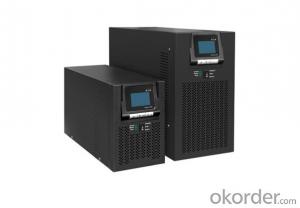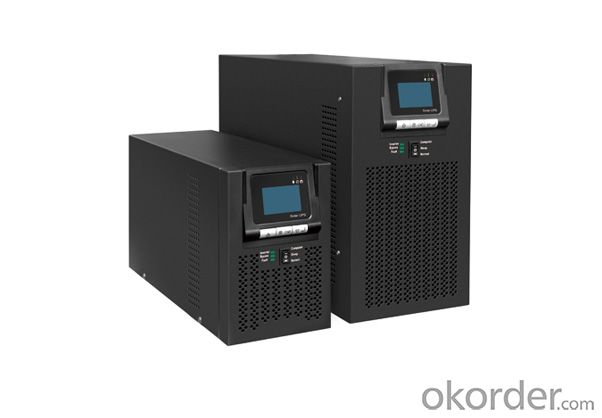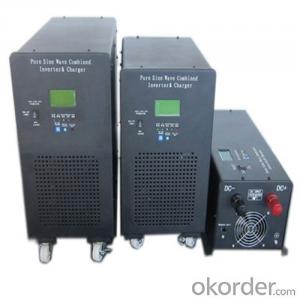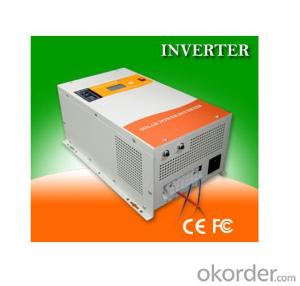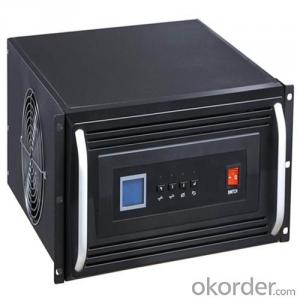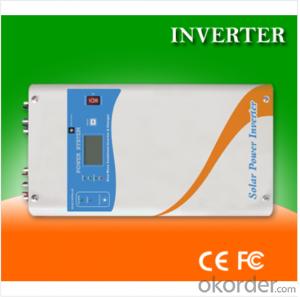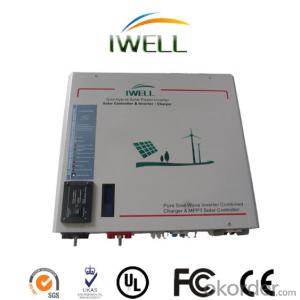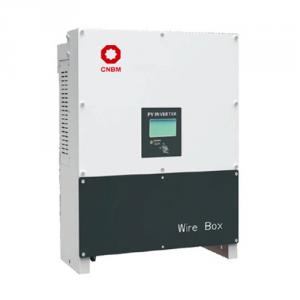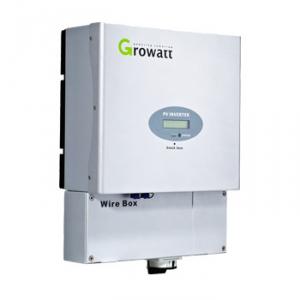Solax Solar Inverter Pure Sine Wave Inverter with Built-in MPPT Solar Charger Controller
- Loading Port:
- Guangzhou
- Payment Terms:
- TT OR LC
- Min Order Qty:
- 10 unit
- Supply Capability:
- 10000 unit/month
OKorder Service Pledge
OKorder Financial Service
You Might Also Like
Product features
Pure sine wave inverter
Built-in MPPT solar charger controller
Selectable input voltage range for home appliances and personal omputers
Selectable charging current based on applications
Configurable AC/Solar input priority
Compatible to mainis voltage or generator power
Auto restart while AC is recovering
Overload and short circuit protection
Smart battery charger design for optimized battery performance
Cold start function
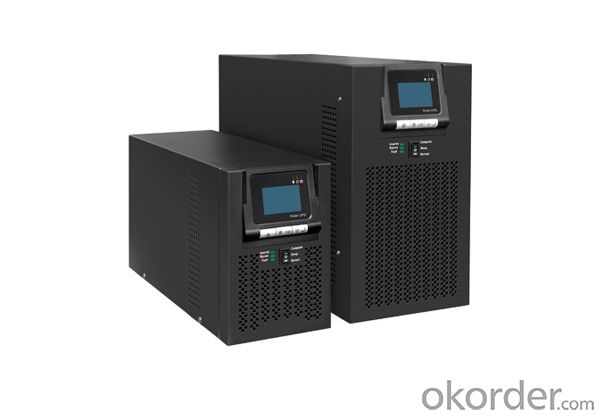
Product Parameter
Q 1. what's the payment term?
A. We accept TT,30% deposit and 70% balance agaisnt copy of BL
Q 2. how's the delivery time ?
A. usually it will take about 25 days for production
Q 3. tell me the standard of package?
A. For the small capacity, it use carton, but for big capacity, we will use strong wooden case for protection.
Q 4. what kind of material of transformer?
A. we have two types, one 100% copper and the other is copper with aluminum.It depends on your requirment. In fact,those two have no difference if normal work well. Only except the longlife. Copper is better and also higer price.
Q 5.Could you offer Form A or C/O ?
A. It totally not a problem. We can prepare relative documents to forgin affairs office or other office to apply for this certificate.
Q 6.Would you accept to use our logo ?
A.If you have good quantity,it absolute no problem to do OEM.
Q 7.We want to know month capacity.
A. It depends on which model.For example for relay type small capacity , month capacity can reach near 20000pcs and big capacity near 3000pcs.
Q 8.Where is your market?
A. Our products are popular in russia, indonisia, Philippines,italy, america, pakistan and so on.Some of them are our regular customers and some of them are developing. We hope you can join us and make mutural benifit from our cooperation.
Q9. what kind of certificate you have ?
A. Our company already achieve ISO, CCC, and for products, we have CE, TUV, SAA, G58, C10/11,SONCAP, GOST, UL(pending) .

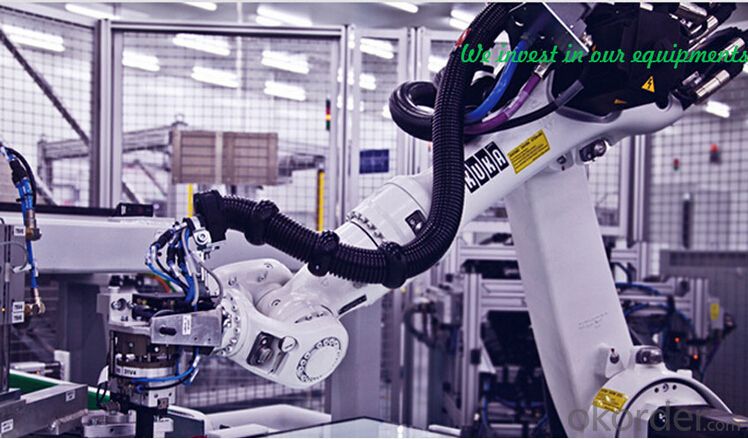
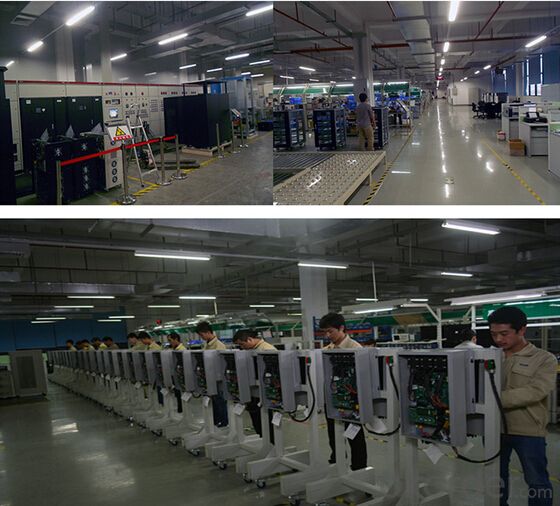

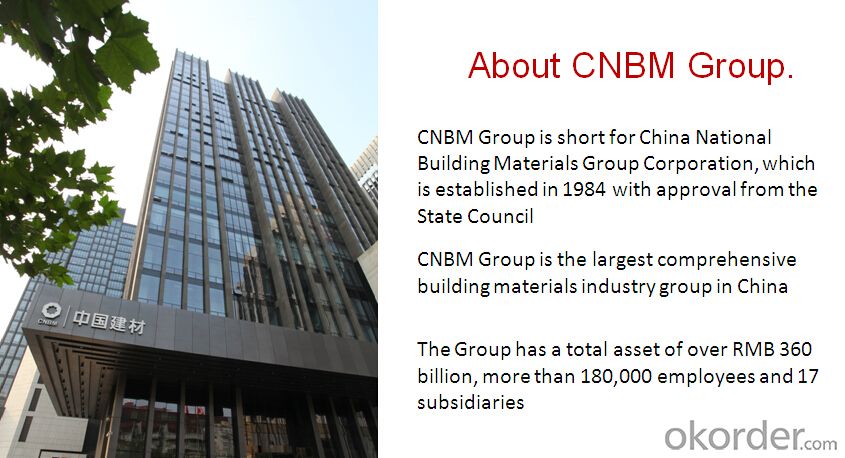
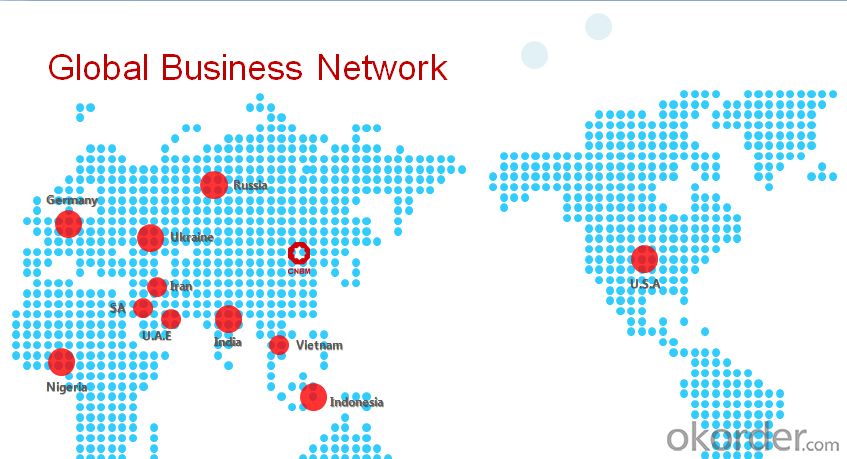
- Q: How does a solar inverter handle variations in temperature?
- A solar inverter handles variations in temperature by employing temperature compensation techniques. It continuously monitors the temperature of the solar panels and adjusts its output voltage and frequency accordingly. This helps maintain optimal performance and efficiency, as temperature changes can affect the electrical characteristics of the panels. Additionally, inverters may have built-in cooling systems or heat sinks to dissipate excess heat and prevent any damage caused by high temperatures.
- Q: Can a solar inverter be used with concentrated solar power systems?
- Yes, a solar inverter can be used with concentrated solar power systems. Concentrated solar power (CSP) systems use mirrors or lenses to concentrate sunlight onto a receiver, which then converts the sunlight into heat. This heat can then be used to generate electricity through various means, including steam turbines. In order to convert this heat-generated electricity into the required alternating current (AC) for use in homes and businesses, a solar inverter is needed. Therefore, a solar inverter is an essential component in connecting and integrating the electricity generated by concentrated solar power systems into the power grid.
- Q: How does a solar inverter handle voltage sags or swells in the grid?
- A solar inverter handles voltage sags or swells in the grid by constantly monitoring the grid voltage. When it detects a voltage sag (drop below a certain threshold) or swell (increase above a certain threshold), it adjusts its output accordingly. In the case of a sag, the inverter boosts its output voltage to compensate for the drop in grid voltage. Conversely, in the case of a swell, the inverter reduces its output voltage to prevent any damage to connected devices. This ensures that the solar inverter maintains a stable and consistent voltage supply to the connected load, regardless of fluctuations in the grid voltage.
- Q: Can a solar inverter be easily integrated into an existing electrical system?
- Yes, a solar inverter can be easily integrated into an existing electrical system. It is designed to convert the direct current (DC) power generated by solar panels into alternating current (AC) power that can be used by the electrical system. The inverter can typically be connected to the existing electrical system through a simple installation process, allowing the solar energy to be seamlessly integrated and utilized alongside the conventional power supply.
- Q: How does MPPT improve the performance of a solar inverter?
- MPPT (Maximum Power Point Tracking) is a technique used in solar inverters to enhance their performance and maximize the energy output of the solar panels. Solar panels generate direct current (DC) electricity, which needs to be converted into alternating current (AC) to be used by household appliances or fed back to the grid. However, the amount of power generated by solar panels varies depending on factors like sunlight intensity, temperature, shading, and panel orientation. MPPT algorithms enable solar inverters to continuously track and adjust the operating point of the solar panels to extract the maximum power available. By continuously monitoring the voltage and current output of the solar panels, the MPPT controller determines the optimal operating voltage and current that will yield the highest power output. This optimization process is crucial because solar panels have a specific voltage and current combination at which their power output is maximized, known as the maximum power point (MPP). By operating the solar panels at their MPP, MPPT significantly improves the overall efficiency and performance of the solar inverter. With MPPT, solar inverters can adapt to changing environmental conditions and extract the maximum available power from the solar panels. This allows for increased energy production, reducing the reliance on grid electricity and maximizing the return on investment in solar installations. In summary, MPPT improves the performance of a solar inverter by optimizing the operating point of the solar panels to extract the maximum power available. This leads to increased energy production, improved efficiency, and better utilization of solar energy resources.
- Q: Can a solar inverter be used for residential applications?
- Yes, a solar inverter can be used for residential applications. A solar inverter is an essential component of a residential solar energy system as it converts the direct current (DC) generated by solar panels into usable alternating current (AC) electricity that can power household appliances and be fed back into the grid.
- Q: How does a solar inverter handle voltage fluctuations in the grid?
- A solar inverter handles voltage fluctuations in the grid by continuously monitoring the grid voltage. When the voltage exceeds or drops below the acceptable range, the inverter adjusts the power output of the solar panels accordingly. It stabilizes the voltage by regulating the flow of electricity from the solar panels, ensuring a consistent and safe supply of power to the grid.
- Q: What are the advantages of using a solar inverter with battery storage?
- The advantages of using a solar inverter with battery storage include: 1. Energy independence: With a solar inverter and battery storage system, you can generate, store, and use your own electricity, reducing your reliance on the grid and ensuring a continuous power supply even during grid outages. 2. Increased self-consumption: The battery storage allows you to store excess solar energy generated during the day for use at night or during cloudy days, maximizing self-consumption and reducing the need to purchase electricity from the grid. 3. Time-of-use optimization: By storing excess solar energy and using it during peak demand periods, you can take advantage of time-of-use pricing, where electricity rates are higher during peak times. This can help you save money on your electricity bills. 4. Backup power: During power outages, the battery storage system can provide backup power, ensuring that critical appliances or equipment continue to function. This is particularly beneficial for homes or businesses that require uninterrupted power supply. 5. Environmental benefits: Solar energy is a clean and renewable source of energy. By using a solar inverter with battery storage, you can reduce your carbon footprint and contribute to a greener future by minimizing reliance on fossil fuels. 6. Grid support and stability: Battery storage systems can also provide grid support services, such as frequency regulation and peak shaving. This helps to stabilize the grid and improve overall energy efficiency. Overall, using a solar inverter with battery storage offers numerous advantages, including energy independence, cost savings, environmental benefits, and improved reliability of power supply.
- Q: How does the maximum AC current rating affect the performance of a solar inverter?
- The maximum AC current rating of a solar inverter determines the maximum amount of power that the inverter can convert from DC to AC electricity. If the current rating is too low, the inverter may not be able to handle the peak power output from the solar panels, resulting in reduced performance and potential overheating or failure. On the other hand, if the current rating is high enough to handle the maximum power output, the solar inverter will perform efficiently and effectively, ensuring optimal energy conversion and output.
- Q: Can a solar inverter be installed indoors?
- Yes, a solar inverter can be installed indoors.
Send your message to us
Solax Solar Inverter Pure Sine Wave Inverter with Built-in MPPT Solar Charger Controller
- Loading Port:
- Guangzhou
- Payment Terms:
- TT OR LC
- Min Order Qty:
- 10 unit
- Supply Capability:
- 10000 unit/month
OKorder Service Pledge
OKorder Financial Service
Similar products
Hot products
Hot Searches
Related keywords
